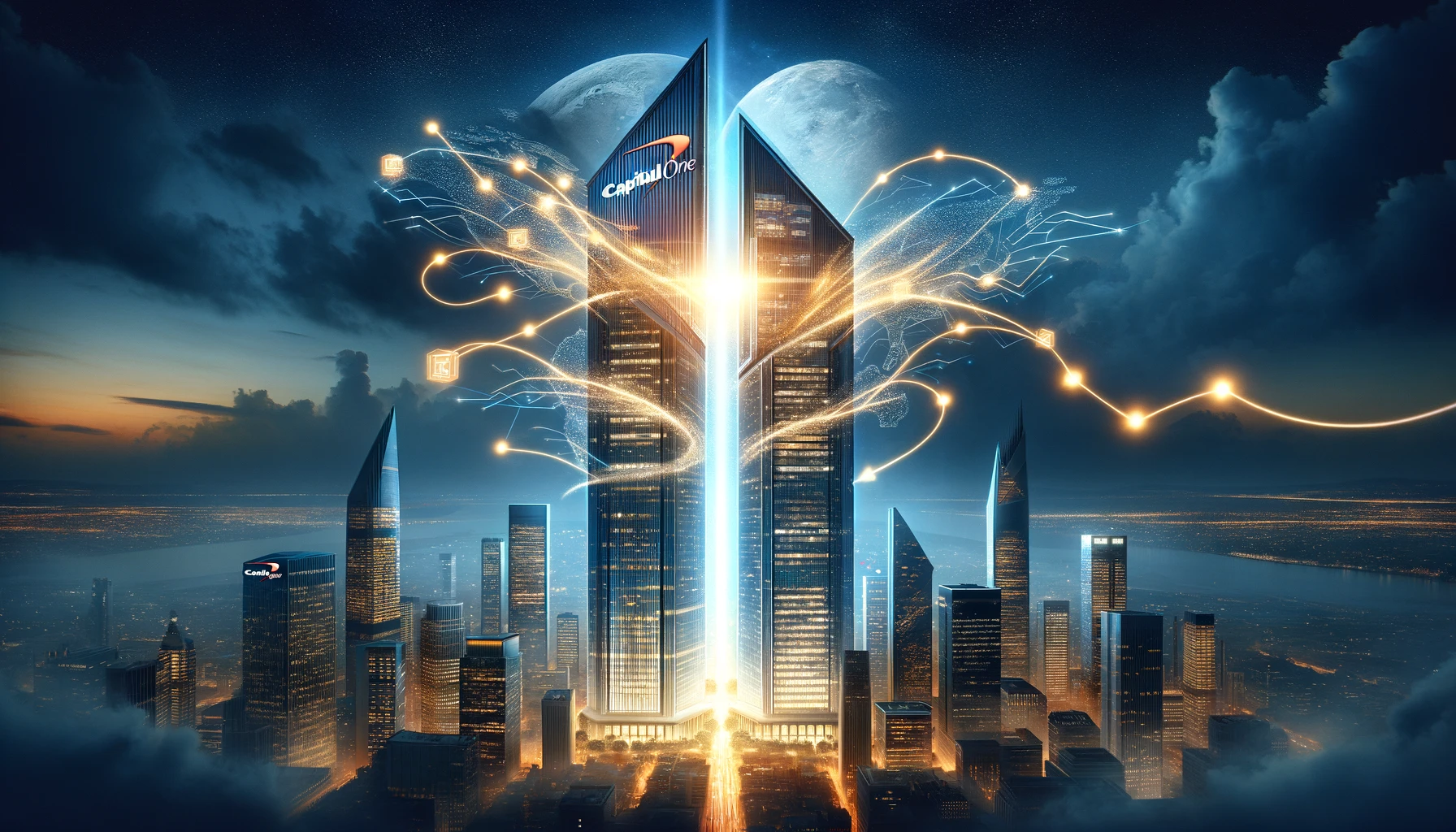February 17, 2024 – In an era where artificial intelligence continues to blur the lines between reality and digital fabrication, OpenAI has taken a monumental step forward with the introduction of Sora, its groundbreaking text-to-video generator. This innovative tool, revealed by the San Francisco-based creators of ChatGPT, is setting new standards in the realm of generative AI, transforming simple text prompts into captivating, photorealistic short videos.
Sora represents not just a technological advancement but a significant milestone in the evolution of AI-generated content. While not the pioneer in text-to-video AI, Sora distinguishes itself through the unparalleled quality of its video outputs, signaling a new era for content creation that industry analysts are watching closely
The excitement surrounding Sora is palpable, as it promises to unlock new creative possibilities across various domains, from entertainment to education. However, this enthusiasm is tempered by growing concerns over the potential misuse of such technology, particularly in generating deepfake videos that could exacerbate misinformation and disinformation in crucial times, such as the global elections slated for 2024.
Sora’s capabilities are impressive, with the ability to produce videos up to 60 seconds in length from mere textual descriptions or a combination of text and images. Demonstrations of its prowess include a wide array of scenarios, from the mundane to the fantastical, showcasing its versatility and the potential to revolutionize how stories are told and visualized.
Yet, the realism Sora achieves comes with its share of imperfections, such as minor glitches in complex scenes, reminding us of the technology’s current limitations. Despite these, the potential for Sora to simulate realistic worlds has been praised by experts, including senior research scientists at leading tech firms.
OpenAI is proceeding with caution, aware of the ethical implications of making Sora widely accessible. The organization is currently engaging in rigorous “red team” exercises to identify and mitigate potential risks, ensuring that Sora’s deployment aligns with responsible AI practices. This includes preventing the generation of content involving extreme violence, sexual content, and depictions of real public figures, among other safeguards.
The debate over Sora’s impact is far from settled. While it opens up a world of creative possibilities, it also poses significant challenges in combating AI-generated misinformation. The call for collaboration between AI developers, social media platforms, and regulatory bodies is growing louder, with suggestions like implementing watermarks for AI-generated content to help distinguish the real from the artificial.
As OpenAI contemplates making Sora more accessible in 2024, the tech community and the world at large await with bated breath. The advancements in AI video generation herald a new chapter in digital media, one that promises immense creative potential but also demands unprecedented levels of vigilance and ethical consideration.
Join MM+ for More











